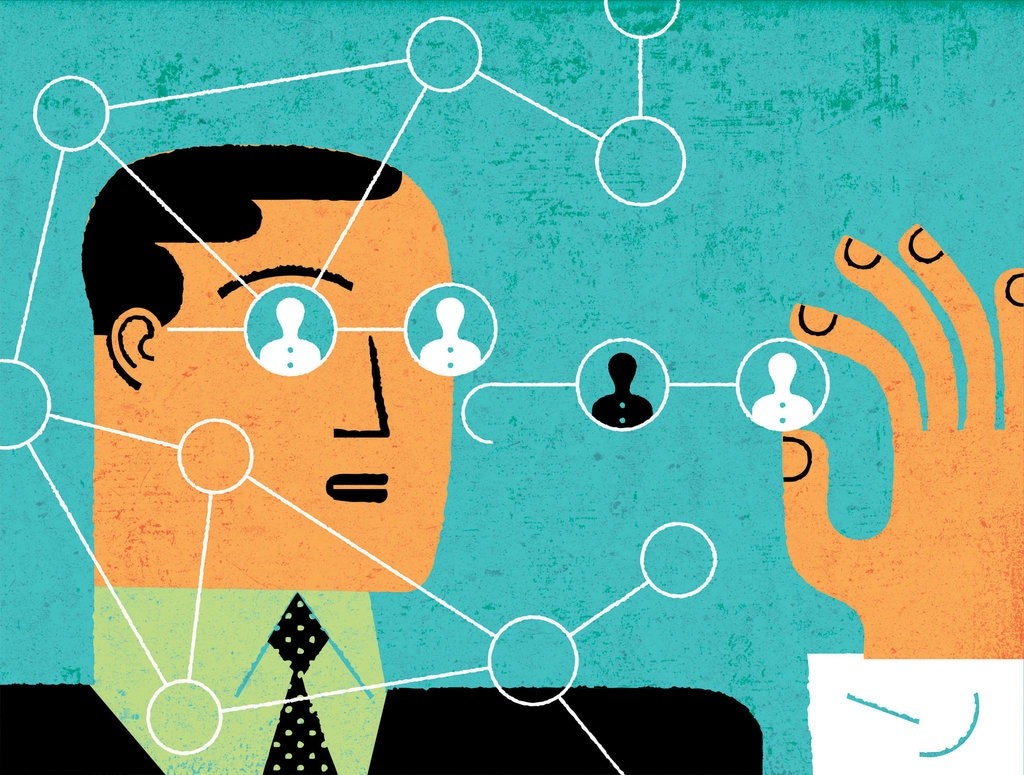
AMELIA, YOUR DIGITAL COLLEAGUE
May 18, 2020
When Will This End?
May 19, 2020WHAT IT IS
The rise of advanced data analytics and cognitive technologies has led to an explosion in the use of algorithms across a range of purposes, industries, and business functions. Thanks to the advance of AI-Human collaboration, the articulation and reframimg of working practices of humans and machines will provide great partnerships for the future, where the two groups work together to achieve more (IFTF, 2020).
For as much talk there is on how technology can’t fix algorithmic injustice, there is the promise that with the help of AI, Human Resources workers can make choices that make workplaces more inclusive, more diverse and fairer to everyone.
WHY IT IS COOL
The inclination to be prejudiced against certain groups of people, or to instinctively prefer a person over another has existed for as long as humans have formed themselves into social groups. This mentality becomes problematic when bias screens out individual merit in favour of unfair prejudice. This can have serious consequences in the workplace, when bias might determine whether a person is invited for a job interview or how they are rated at work. Some might not be able to admit, but let’s face it, this is an unfotunate reality that insists in being unresolved.
By focusing on the system that is currently used to hire talents, AI can help HR agents to make fairer decisions. A.I. can identify the subtle decisions that end up excluding people from employment, it can also spot those that lead to more diverse and inclusive workplaces (Purtil, 2020).
“The nudge doesn’t focus on changing minds. It focuses on the system.”
Iris Bohnet, a behavioral economist and professor at the Harvard Kennedy School
It is easy to see the attraction of transferring objective assessments from human to machine. The natural assumption is that decision-making based on algorithms or artificial intelligence (AI) not only improves efficiency, but also strips out prejudice and reduces human error, allowing organisations to zoom in on objective qualities (Rennie, 2019).
“Changing algorithms is easier than changing people”
Sendhil Mullainathan, professor of behavioral and computational science at the University of Chicago
WHY IT HAS FUTURE GROWTH POTENTIAL
Although decision-making processes that are driven by algorithms can share some of the same vulnerabilities as a human decision-making process, the advances on AI technology proves to be working against it. AI technology in HR processes are still in an early age but there are many developers working on to make algorithms HR workers’ best friend.
ZENJOB is an example of that, this German startup has recently received €27 million investiment to grow their business. ZENJOB main goal is to act as a digital staffing service that provides temporary work to students, as well as helping companies on the other side find employees.
“We strongly believe in Zenjob’s unique digital offering in the temp staffing market. The team has built a very powerful platform to match high-quality temp staff with businesses, quickly and flexibly across all industries.“
Harald Nieder, Partner at Redalpine
The company says that the new funding will be used to continue the development of the technology behind the service and its use of algorithms. While some may argue against the use of AI for HR hiring processes, organizations that adapt a risk-aware mind-set will have an opportunity to use algorithms to lead in the marketplace, better navigate the regulatory environment, and disrupt their industries through innovation (Tapase, 2017). In the meantime, ZENJOB sets iself as one of the pioneers in the business and as algorithm technology develops, the company blends the use of AI and humans in the hiring processes so as to avoid bias.
See how ZENJOB blends AI-Human collab in the video below (00:37 – 01:10).
References:
Amador, C. (2020). Future of Work: 5 ways technology is reshaping work and the workplace. Retrieved from: https://allwork.space/2020/01/future-of-work-5-ways-technology-is-reshaping-work-and-the-workplace/
Maguire, J. (2020).The Artificial Intelligence Index. Retrieved from https://www.datamation.com/artificial-intelligence/the-artificial-intelligence-index.html?utm_source=quinstreet&utm_medium=display&utm_campaign=housebanners01232020
Mullainathan, S. (2019) Biased Algorithms Are Easier to Fix Than Biased People. Retrieved from https://www.nytimes.com/2019/12/06/business/algorithm-bias-fix.html
Purtil, C. (2020) Algorithms Learn Our Workplace Biases. Can They Help Us Unlearn Them? Retrieved from: https://www.nytimes.com/2020/03/10/us/algorithms-learn-our-workplace-biases-can-they-help-us-unlearn-them.html 17/05/2020
Rennie, J. (2019) Can an algorithm eradicate bias in our decision making? Retrieved from https://www.personneltoday.com/hr/can-an-algorithm-eradicate-bias-in-our-decision-making/
Tapase, T. (2017) Managing algorithms risks, a Delloite report.
To learn more about ZENJOB: https://www.zenjob.de/about-us/





7 Comments
Good work!
Hi Jefferson, good job! Your blog is really interesting. I think it is good to take away prejudices, but I also think it is something human, so I don’t know if technology can change this. You made a nice blog with some strong arguments. I didn’t really know what your seed was at first, but it became clear later in your blog. I think you should only watch out with German videos. I can speak a little bit German so I could understand some things, but I don’t think everyone can speak German. It would be better if you use a video with English subtitles. I hope to read more from you.
-Melissa Claerhoudt-
Hi Melissa, thank you for your comment.
Posting videos that everybody can understand is a real concern of mine, this video provides subtiltles in every language, Danish included. You just have to click on the engine icon to have access to that.
Since the app is from Germany the video is original content, so there is not much to be done about it. All in all, I’m happy you did got the gist of it, anyways.
Dear Jefferson. Thanks for thoughtful and sharp blog. Well-written, well-hunted, well-documented. A bit more criticism would have bene in place though. All the good things delivered by Zenjob can only be fulfilled by smart algorithms. There is a whole discussion how ‘weak’ algorithms (like in your fitbit) actually can heighten discrepancies and ‘injustices’ . Having said that: happy eith the quality of you work. Hope you stay with us for longer, like to see more of you. (Coming Monday at 17.30 your time we start a second row of classes, including fashion. Hope you stay with us). When you have done four good blog, would like to e-meet you. Warm regards. Carl
Hi Carl,
Thank you very much for you feedback,
I did see that Amazon started developing something similar to ZENJOB back in 2014 if I’m not mistaken and stopped for the very reasons you mentioned (discrepancies and injustices). However, given the investiment put to develop this technology in particular I thought it might, for the time being, work better as they are mixing human and algorithms processes until they can realy rely on the algorithms alone. Let’s just hope that those issues of injustices can be avoided.
I intend to stay longer and am willing to post some more seeds, thanks for the invite.
Jeff
Hi, Jefferson
I just realized I wrote about the same topic as you but I swear I didn’t see that your blogpost was here before… Anyway, I think Algorithm Bias is a very important topic and you did it very well, from a different perspective from mine.
Hi Jefferson, nice blog! I think you wrote about a very relevant topic. Your writing style is clear and well-documented. For next time, I think it would be better to place the video a bit more in the middle of the blog. Now I could only see text when I opened your blog and a video in between would make it a bit more inviting to read. But overall, great job!